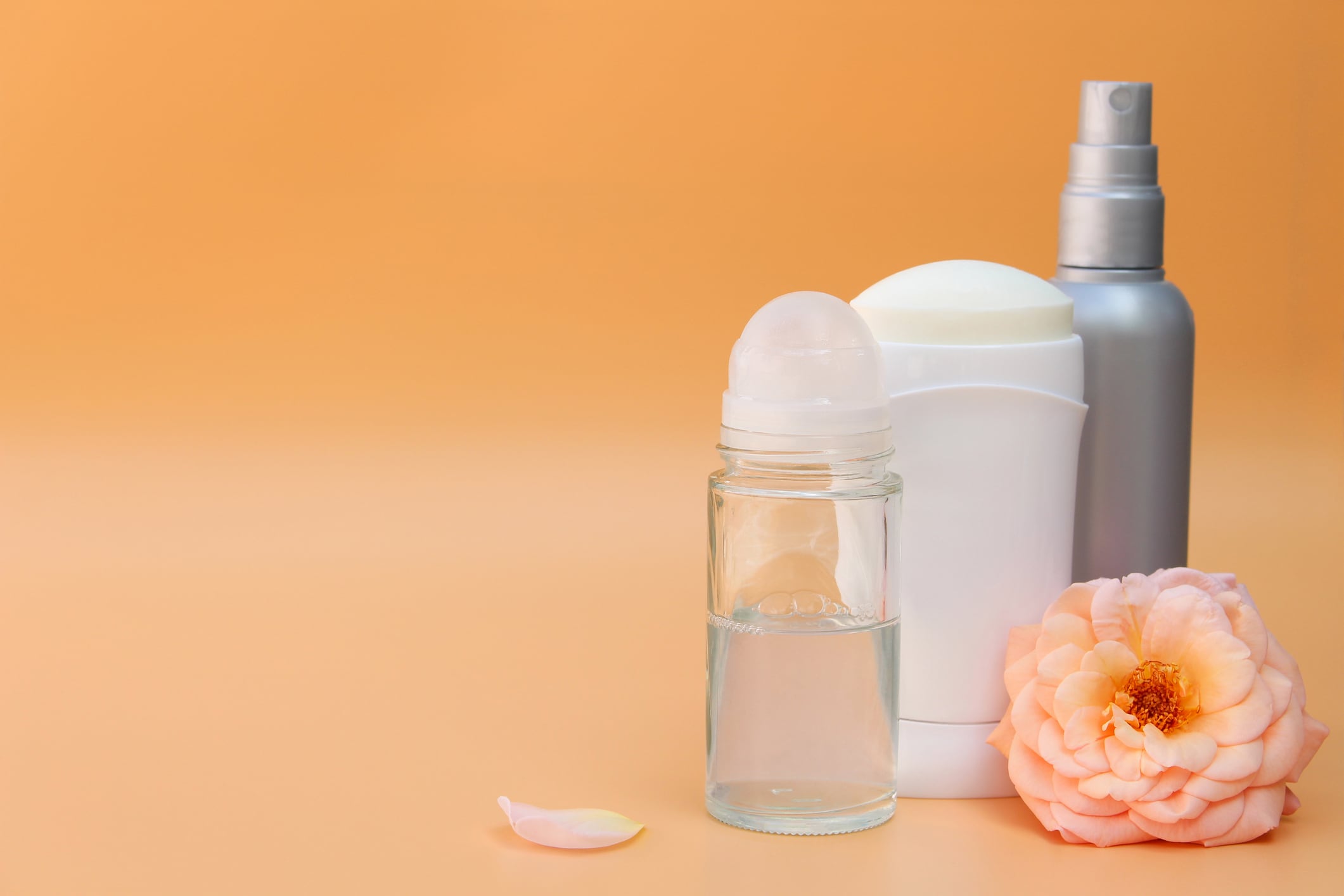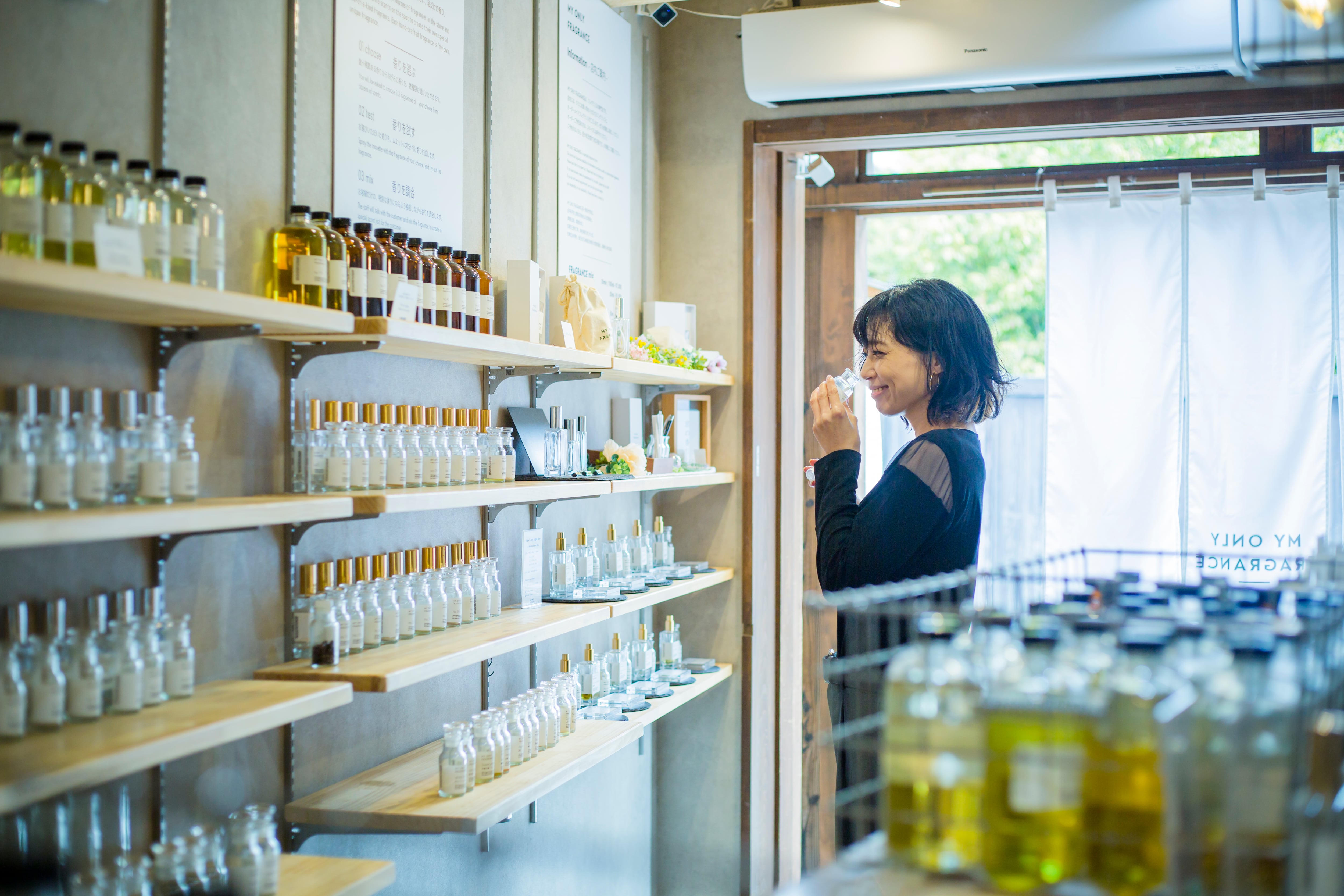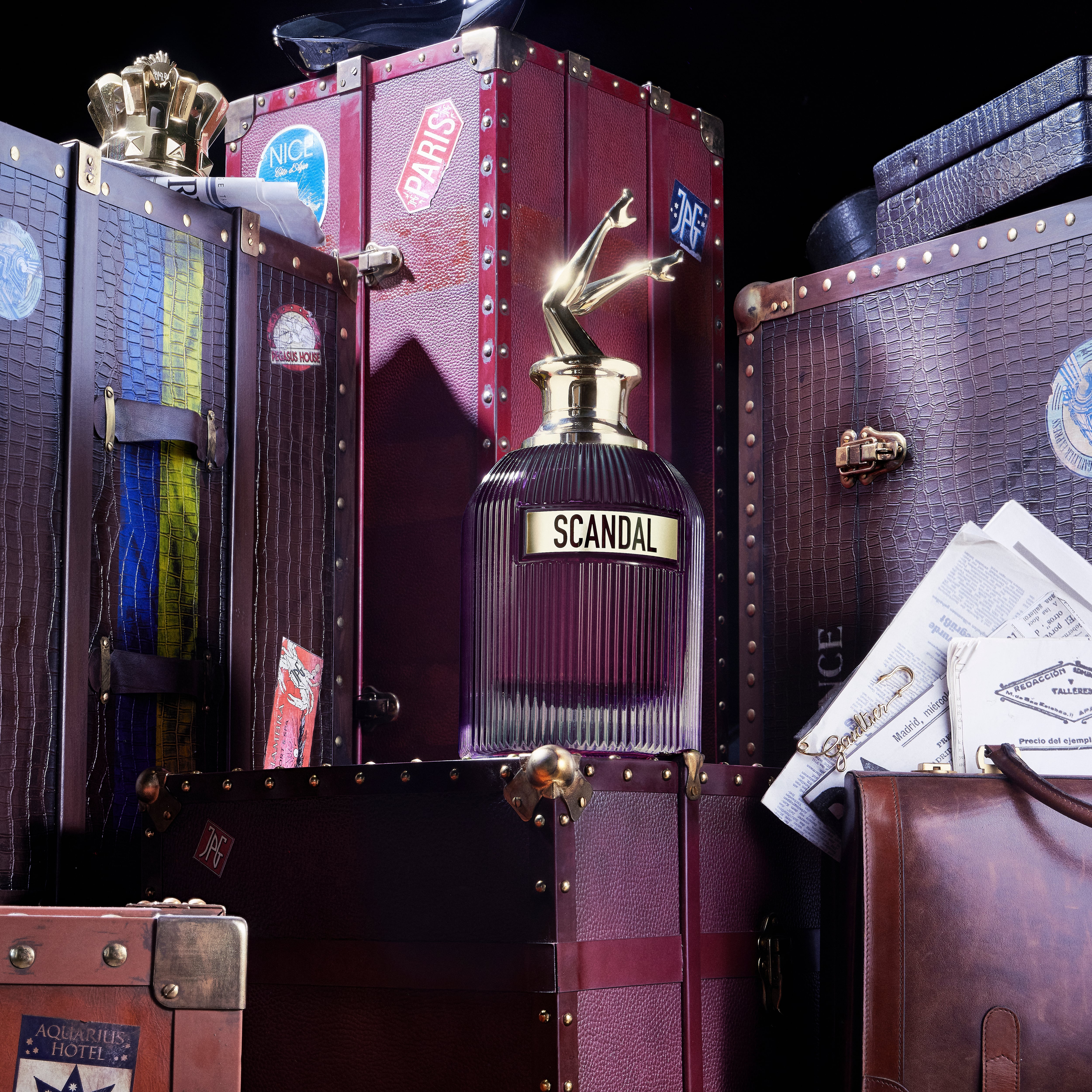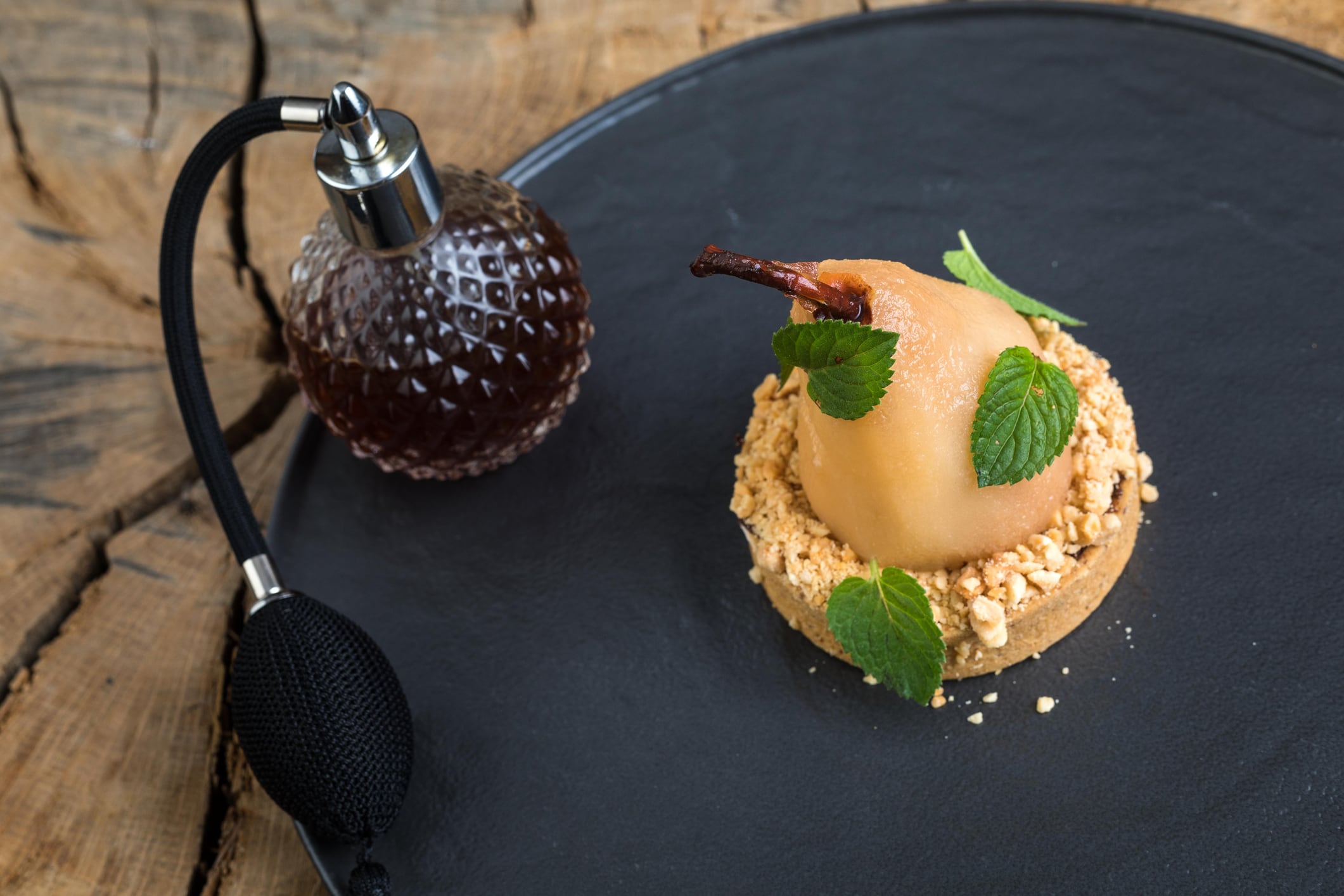Ever since the pandemic, there is said to be a revival in the fragrance sector, driven by the heightened awareness of wellness and the younger generation’s use of scent not just as part of their beauty routine, but also for self-exploration and character-showing.
This has led to several major trends, particularly in the Asia-Pacific (APAC) region, which Sharon Hu, Head of Product Marketing at Meiyume, shared with CosmeticsDesign-Asia.
One of these is the demand for long-lasting, high-concentration formats.
“People want their fragrance to be long-lasting but not aggressive. Unlike Europe and Middle East where strong scents are preferred, in Asia, it’s more about creating an ambience around oneself. Consumers are combining multiple scent forms, such as body mist, stick and oil, to enhance impact and longevity.
“We’re also seeing innovation in formats like solid perfume, which is highly concentrated for superior longevity and can stay on skin for hours. It is mess-free, portable, and travel-safe. As the scent is not too heavy, it is ideal for layering and discrete touch-ups.
“It also feels more intimate when applying it due to the physical touch. Additionally, solid perfumes come with a different sensorial experience — for example, they can be cool to touch, which suits South East Asian (SEA) climate.”
Another notable trend is the growing appeal of gender-neutral fragrances, which reflects Gen Z’s desire for inclusivity and self-expression.
“In the past, there is a strong divide between male and female fragrances. Now if we look at indie brands across the globe, scents are being marketed without gendered labels. When a brand launches a product, it’s not about the gender, but more about personality.
“People are now choosing scent not to only match an occasion, but also to match their mood of the day. Women can be wearing masculine scents, and men can be wearing more floral or soft ones. For instance, if an individual has a fitness-driven day or is seeing a client, they may choose something more unisex.”
Clean and local
An extension of skin care trends, “clean” and alcohol-free fragrance formulations that are natural, organic, marine-safe, and sensitive skin-friendly are increasingly sought after.
In Muslim-majority countries like Indonesia, halal-certified options are especially vital to align with consumers’ requirements for ethical sourcing and purity.
“OREBELLA by Bella Hadid is a fast-rising alcohol-free brand in the US and is expected to debut in Asia soon. Established brands that have released alcohol-free fragrances include Hermès’ Cabriole Eau de Senteur, Dior’s J’adore Parfum d’eau, and YSL’s Libre L’Eau de Parfum Nue.
“In Asia, we have seen many brands launching alcohol-free fragrances for kids. But the cost of alcohol-free fragrance is slightly higher, and its performance in terms of long-lastingness is slightly compromised compared to normal ones. Again, the solid perfume format is an alternative that could work.”
Hu added that scents tied to local landscapes, cultural traditions, or personal memories are emotionally resonant with Asian consumers.
“There have been local adaptations on fragrances in APAC. When we talk about East Asia, it’s always about regional flora and tea scents — not too aggressive nor sweet. In SEA, scents like pandan and jasmine rice blend heritage with global innovation.
“Packaging design and scent naming also play a part in reflecting local stories and rituals to create emotional and cultural resonance.”
Convenient, sustainable, functional
According to Hu, there has been a significant shift in fragrance consumer behaviour over the last 20 to 30 years. In the past, larger brands took at least two years to come up with a new scent and consumers tend to stick to a signature product.
“The younger generation today as well as consumers in APAC, where fragrance is still a developing sector, want to try every possibility available. As a result, we have seen that packaging size is getting smaller and becoming more like an accessory, which is also part of the personalisation trend.”
The demand for on-the-go convenience has also spurred the introduction of pocketable sprays, balm sticks, and roll-ons for portability and quick reapplication.
In addition, smaller packaging is closely linked to another key topic: sustainability.
“Glass, biodegradable materials, and refillable systems are becoming the norm. A lot of big brands like Lancôme and Prada have continued to introduce refillables that support eco-values and reduce waste. Consumers have the option of having the full size sitting on their dressing tables at home and carrying the refill on the go.”
Another major trend observed by Meiyume is the growth of multi-use products and wellness-driven fragrances. The company is seeing an increase in hybrid formats, such as fragrances that double as body oils, hair mists, or skin care (scented lotions and scrubs).
At the same time, aroma functionality has been cast in the spotlight, with ingredients including lavender and chamomile (for relaxation), citrus and mint (for energising), and ylang-ylang and jasmine (for mood-balancing), gaining popularity rapidly.
“Younger consumers or people from lower income brackets may not necessarily go for EDP and EDT straightaway. They may look to multi-use products, such as shampoo and body lotion infused with fine fragrance, which we have seen many coming into the market. These are blurring the boundaries between personal fragrance and personal care.”
Transcending to home fragrance
The growing importance of fragrance in holistic wellness has given rise to a strong demand for home and car fragrances, said Hu.
“The home is no longer just about the physical setting. It’s about the all-round sensorial experience — when people step into their homes, they want to smell a scent that enhances their mood.
“It’s like the signature ambient scent in hotels. Once you step into that environment, your brain is conditioned to relax or get into a certain mood. I think this is another aspect of fragrance’s role in the younger generation’s lives.”
Stay tuned for Part 2 to find out how brands can capitalise on these trends to better appeal to modern consumers.





